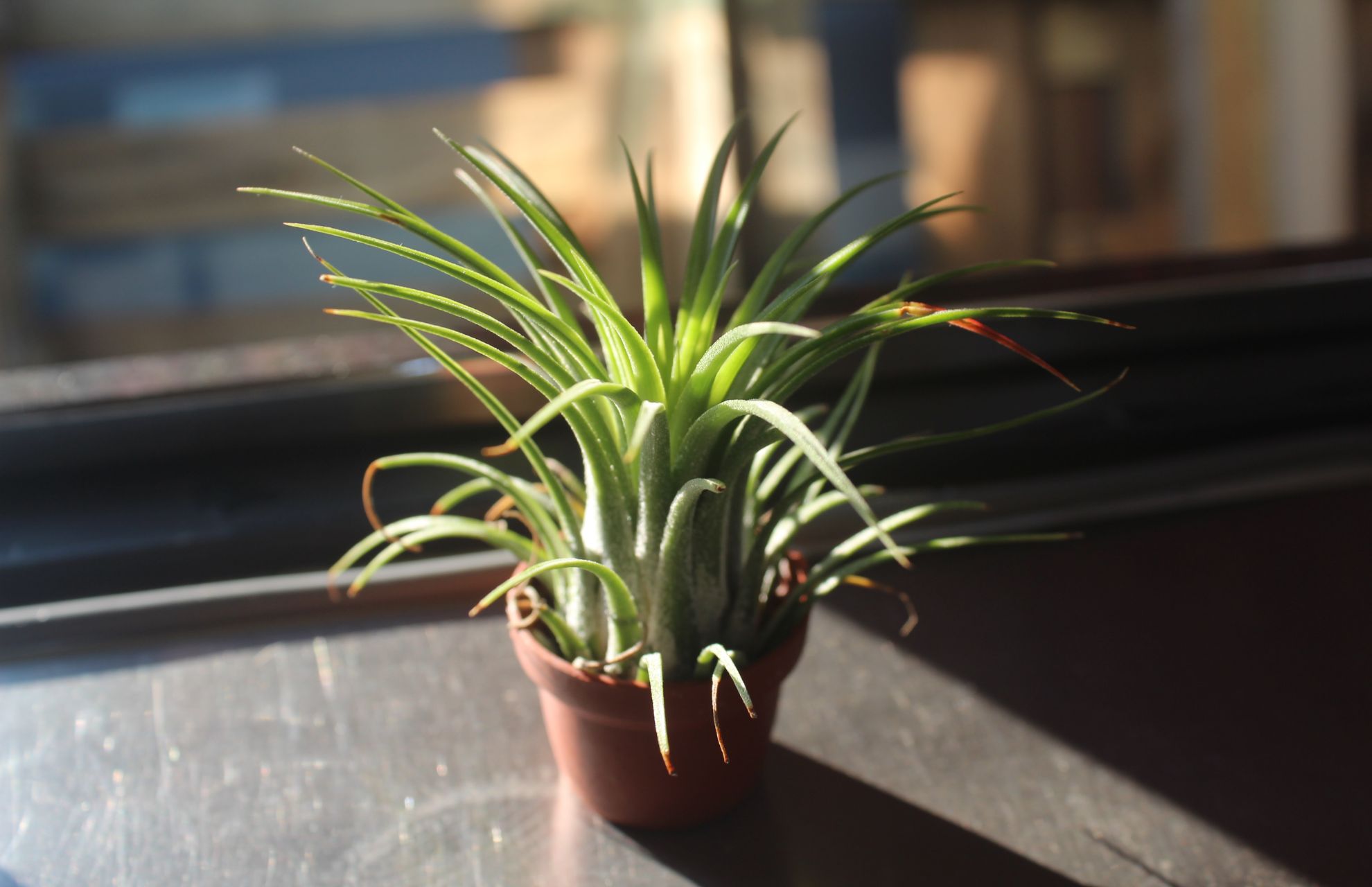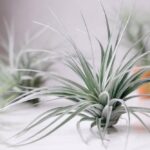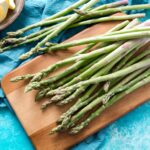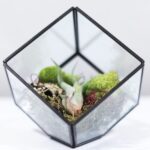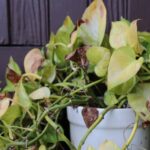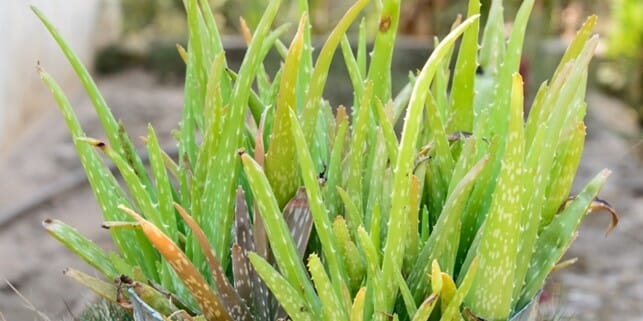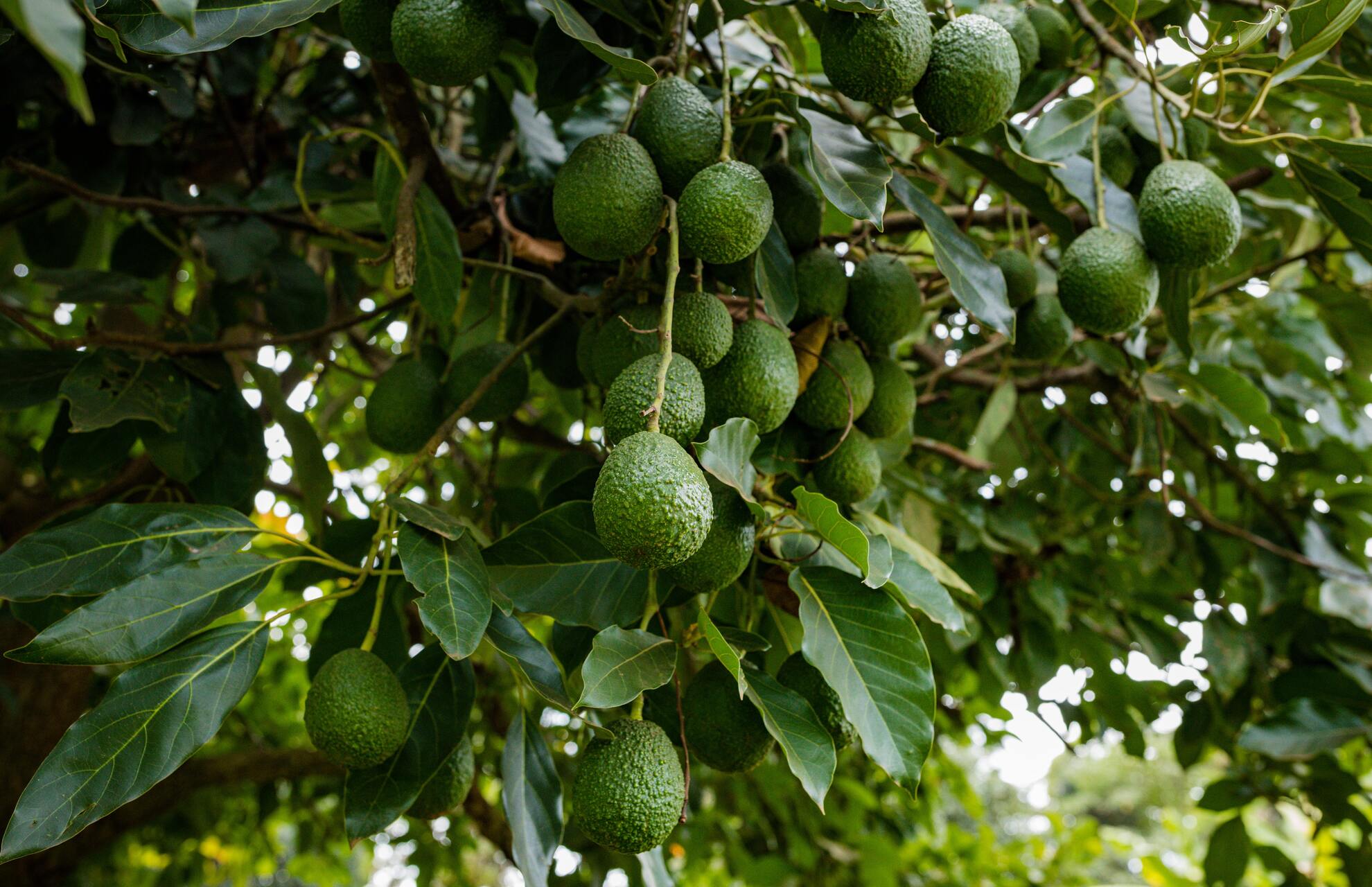Air plants can be challenging. They also possess some hidden information. If you learn them, your air plants will flourish. Although they can grow on trees, air plants don’t absorb nutrients from their host. Instead, they take nutrients right out of the air. Trees can be harvested for their air plants, which can then be grown separately. Learn how to take down air plants from trees by reading this article.
How To Remove Air Plants From Trees?
Select The Air Plant To Be Harvested
You must pick the appropriate plant first if you want to harvest air plants from trees and grow them separately. It’s not always possible to harvest air plants. When selecting an air plant for harvest, it is best to take a few things into account.
- The ideal age for air plants to easily adapt to a new environment is between very young and very old.
- There shouldn’t be much damage done to the host tree or the plant if the plant is simply removed from the tree.
- To reduce risks during harvesting, it should be at a height that is reachable.
- It must not be toxic to the air plant. Before choosing a house air plant, do your homework.
- According to your preferences, choose the plant. Compared to silver ones, green ones require less water and light to grow.
- When pups are half or a third the size of the mother plant, you can harvest the small ones without harming the entire plant. The mother plant’s pups spread out and can survive on their own as separate plants.
The type, size, and environmental factors surrounding the plant determine how it will be harvested from trees. If you harvest the air plants from your garden trees, you can modify timings and tactics. Choose the simple air plants, though, if you’re out in the woods looking for them.
Collect The Tools
You must gather the necessary tools after choosing the air plant in order to take it safely down from the tree. The tools required will vary depending on the environment in which the plant is grown. Before harvesting air plants in the forest or your garden, make sure you have the following list of supplies.
- Garden gloves
- Plucker
- Scissors/Knife
- Ladder
- Carry bag
Depending on how you remove the air plant from the tree, the list may change. If you use the water pressure method, you’ll also need water supply equipment. The ax is necessary, however, if you’re harvesting the tree branch and the air plant.
The plant grips the host tree with its roots to prevent it from falling, even though it doesn’t consume nutrients from the tree. To remove the plant, you’ll need a plucker. Please don’t pull too hard when plucking, as this could permanently harm the plant.
Harvest The Air Plant From The Tree
You can begin the actual task of harvesting the plant once you have gathered all the necessary tools and are familiar with their uses. The air plant can be harvested in a number of ways. To assist you, however, I’ve listed the three simplest methods below.
Manually Pluck Air Plants From The Tree
Picking them manually from the host tree is one method of harvesting air plants. In addition, you’ll require the tools listed above. Carefully follow the instructions for harvesting the air plant after choosing the plant and gathering all the required tools:
- To protect your hands from thorns and insects, put on gloves.
- If the plant is hanging from a tall tree, set up the ladder.
- With the plucker, pull out the roots one at a time.
- Remove the plant from the tree by cutting the deep roots.
- The plant’s ball-shaped bottom and foliage area should not be damaged.
- Maintain the plant in a zip-top bag or other common carry bags.
- With your air plant, safely return to the ground.
Harvest The Air Plant Along With The Tree Branch
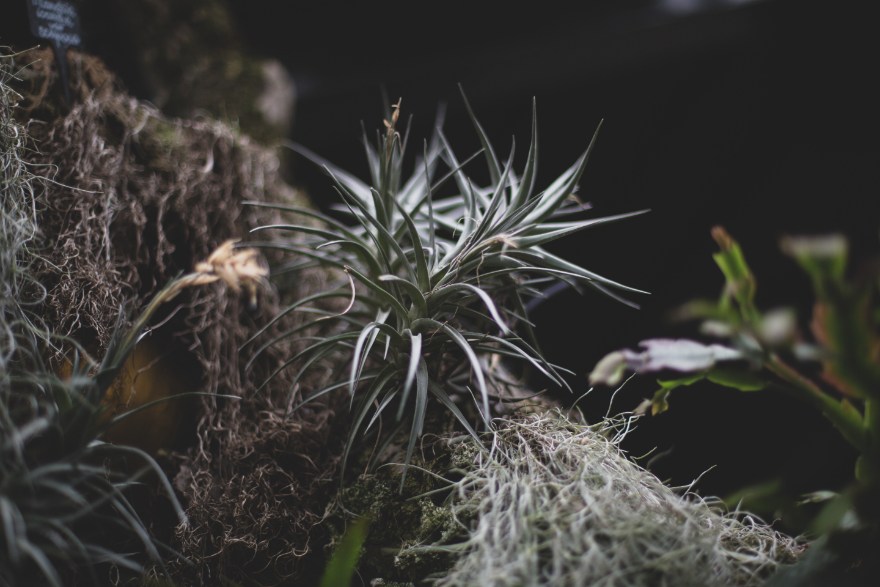
If the plant has a firm hold on the tree branch and you can afford to cut the branch without seriously harming the tree, you can take a piece of the stem, including the air plant.
A guide for harvesting air plants and tree branches together is provided below:
- Identify the branch section you want to remove by marking it.
- Use an electric tree cutter to cut the outer stem.
- Trim the branch’s inner side. The branch will separate from the tree this time.
- Apply glue to the cut spot to aid in the tree’s wound healing.
- Take the wooden log that has an air plant growing inside it and use it as decor in your house.
Separate The Air Plant With Forceful Water Spray
Growing air plants at an unreachable height makes harvesting them challenging. Another effective method for gathering air plants from tall trees is to use a forceful water spray to knock them over. You could harm the air plant, though, if you don’t do it correctly.
To harvest an air plant with a water spray without killing it, follow the instructions provided:
- The water supply should be connected to the pressure hose.
- Try to remove the air plant with water pressure by aiming at the bottom of it.
- Avoid aiming at the plant’s center. Instead, circle the plant’s lower ball to release its hold on the tree.
- When the plant is knocked over, collect it.
Care For The Harvested Air Plant
After removing the plant from the tree, there are two stages of care. After harvesting, care must be given immediately, and later, care must be given before planting it somewhere else. Knowing the basic care would be beneficial to avoid accidentally killing the plant before it gets to your house.
After harvesting the plant, you should immediately moisten it before storing it in a breathable space until it gets to its new home. The size of the plant will determine the storage bag or box you use. Please avoid keeping the air plant in an unbreathable environment for too long to prevent damage.
You should take care of the plant by giving it light and water on a weekly basis after it has moved into its new location. It’s nearly impossible to kill air plants. They don’t seek out attention.
They do need timely care though because they are living things. Please keep in mind the primary purpose of your harvest.
Heal The Wound On The Tree Branch
You should aid the tree in healing its wound after harvesting the air plant, as was mentioned in the steps outlined above. The host tree suffers damage during the harvesting process, so it is only fair that you return some of that kindness.
This final stage of harvesting is entirely optional. You may not care if you kill or severely damage the air plant’s host tree because you will still get the air plant. In contrast, if you are thinking about the health of the tree, cover the wound to ward off insects and infections.
You may be interested in Are Air Plants Toxic to Pet Cats, Dogs or other Animals?
Air Plant Care
Water
We recognize that watering air plants can be confusing, but here’s the trick: Put them in water rather than misting them. How to care for an air plant is shown here.
- Submerge air plants in water once a week, and leave them there for several hours.
- Utilize bottled water or rainwater for drinking. Tap water contains minerals that can clog the trichomes on the leaves of air plants, preventing them from absorbing nutrients. Softened water is high in salts that will burn the air plants.
- Dry off the air plants. Considering this is crucial. After soaking them, shake off the excess water, then leave them to dry for a few hours in a bright area.
- Add water-soluble fertilizer for air plants, bromeliads, or epiphytes to the water you submerge them in once a month to feed them. These specialized fertilizers have nitrogen in them that they can absorb.
- Temps between 50 and 90 degrees is ideal for air plants.
- They benefit from temperature changes. They will thrive if the temperature is lowered by 10 degrees to simulate the cool nights in the jungle where they are native.
- They cannot withstand a freeze. Because they are entirely tropical, they must spend the winter indoors.
- Ensure they receive bright, filtered light for at least 4 to 6 hours each day. A room with lots of windows will appeal to them.
Blooms And Propagation Of Air Plants
- Air plants can flower, but they only do so once before passing away.
- Harvest the pups of the air plants you already have to get new ones. An air plant will reproduce just before it blooms by putting out pups from its base.
- When the pup is between one-third and one-half the size of the parent plant, remove it from the mother plant.
Pests And Diseases
- On air plants, keep an eye out for scale insects and mealybugs. If your plant gets an infestation, treat it with a Tillandsia-safe pesticide.
- Air plants hate dampness. Never forget that providing the right water is the key to successful air plant maintenance. A plant will rot from the inside out if it has too much moisture.
- When air plants are too wet, they may also develop fungal infections or leaf rot.

